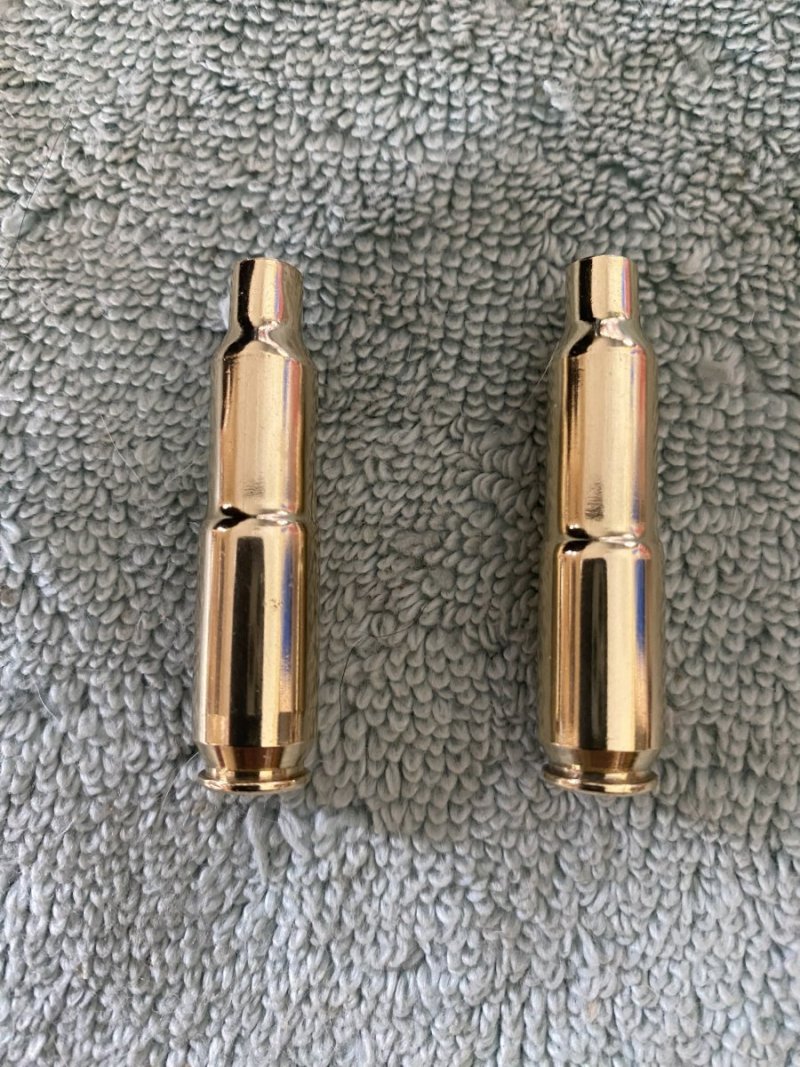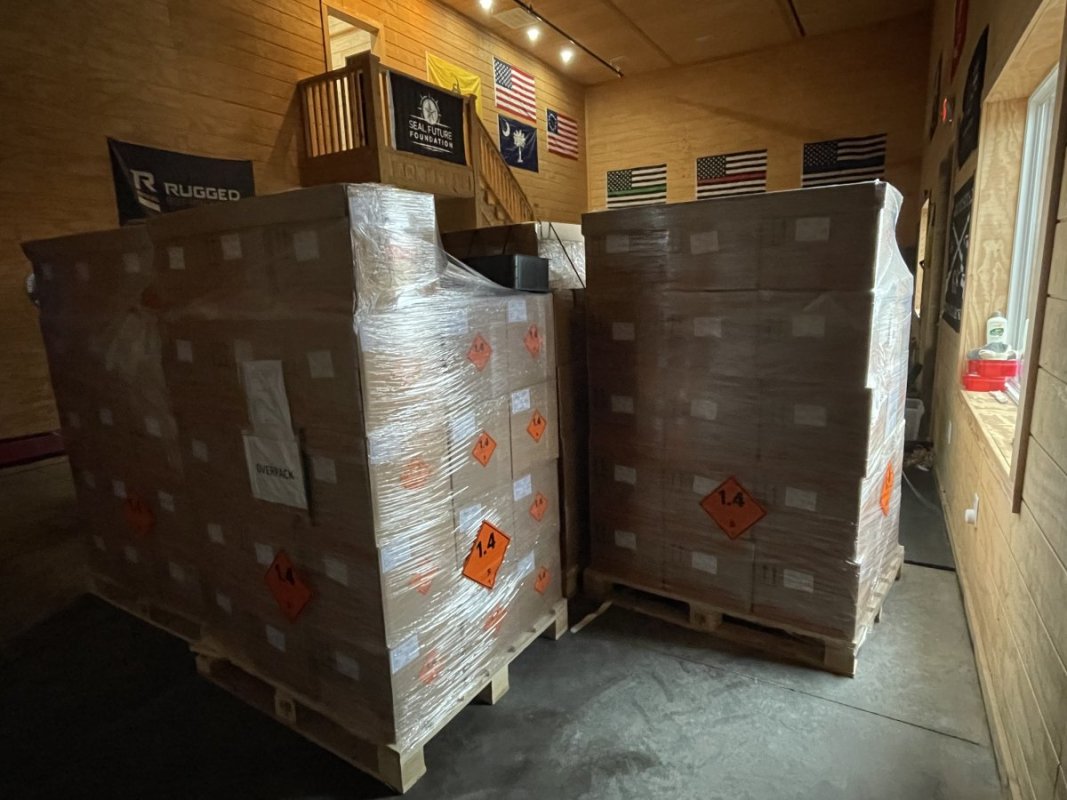- Joined
- Mar 8, 2014
- Messages
- 15,503
- Reaction score
- 15,724
- Location
- Metro Atlanta - Buford to Buckhead
Maybe back her down I bit. Lol. Surprised to see blown primers at 42.5 though.42.5 is a little much for my rifle. View attachment 5776589
Where did pressure signs start showing?










